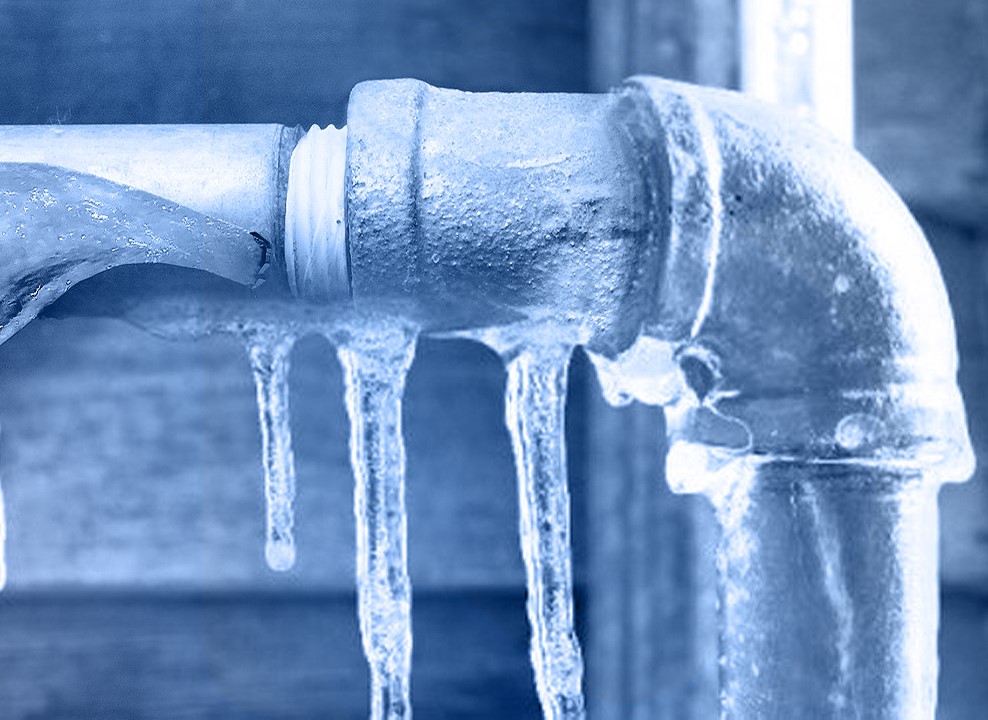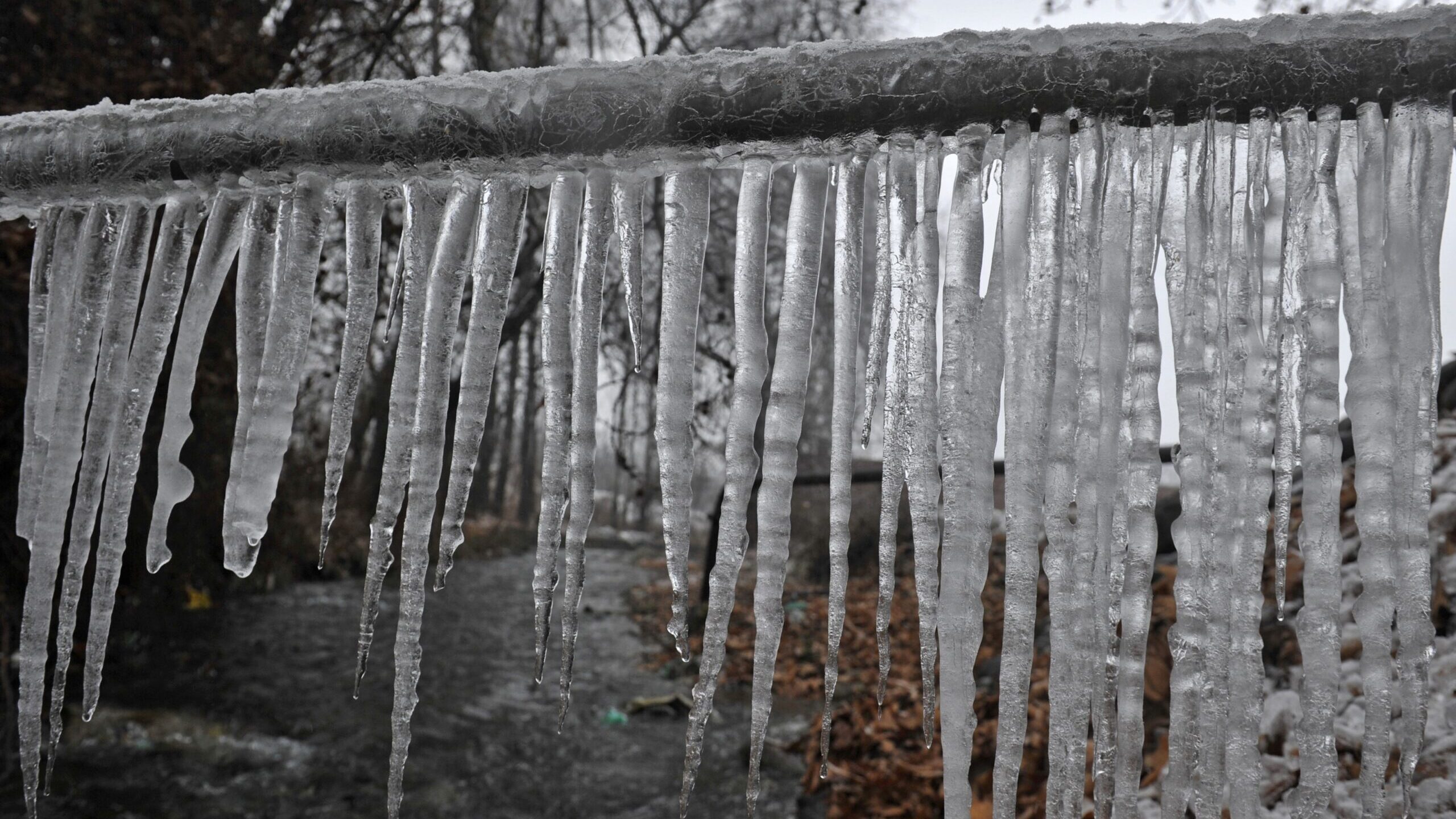Crucial Advice to Prevent Frozen Pipes in Cold Weather
Crucial Advice to Prevent Frozen Pipes in Cold Weather
Blog Article
The article on the next paragraphs on the subject of 6 Ways to Prevent Frozen Pipes is exceedingly remarkable. You should look it over.

Cold weather can ruin your plumbing, particularly by freezing pipelines. Here's exactly how to prevent it from occurring and what to do if it does.
Intro
As temperatures decrease, the danger of frozen pipelines boosts, potentially causing expensive repairs and water damage. Comprehending exactly how to stop frozen pipes is important for house owners in cool climates.
Prevention Tips
Shielding prone pipes
Wrap pipes in insulation sleeves or use heat tape to shield them from freezing temperature levels. Focus on pipes in unheated or exterior areas of the home.
Home heating strategies
Maintain interior spaces sufficiently heated up, especially locations with plumbing. Open closet doors to enable warm air to flow around pipes under sinks.
Just how to determine frozen pipelines
Try to find decreased water circulation from faucets, unusual odors or sounds from pipes, and visible frost on revealed pipes.
Long-Term Solutions
Architectural modifications
Take into consideration rerouting pipes far from outside wall surfaces or unheated locations. Include added insulation to attics, cellars, and crawl spaces.
Updating insulation
Purchase top notch insulation for pipes, attic rooms, and wall surfaces. Proper insulation aids keep regular temperature levels and minimizes the threat of frozen pipes.
Securing Outdoor Plumbing
Yard pipes and exterior faucets
Separate and drain garden hoses before winter season. Install frost-proof spigots or cover outdoor faucets with insulated caps.
Understanding Icy Pipelines
What creates pipelines to ice up?
Pipelines freeze when revealed to temperatures listed below 32 ° F (0 ° C) for prolonged periods. As water inside the pipelines ices up, it expands, taxing the pipeline wall surfaces and potentially causing them to rupture.
Threats and damages
Icy pipes can lead to water disruptions, residential or commercial property damages, and pricey repair work. Ruptured pipelines can flooding homes and create extensive structural damage.
Indicators of Frozen Piping
Identifying frozen pipes early can prevent them from rupturing.
What to Do If Your Pipelines Freeze
Immediate actions to take
If you believe icy pipelines, maintain taps open up to alleviate stress as the ice melts. Utilize a hairdryer or towels taken in warm water to thaw pipes slowly.
Verdict
Protecting against frozen pipes requires positive measures and quick feedbacks. By comprehending the causes, indicators, and preventive measures, home owners can protect their plumbing throughout winter.
6 Proven Ways to Prevent Frozen Pipes and Protect Your Home
Disconnect and Drain Garden Hoses
Before winter arrives, start by disconnecting your garden hoses and draining any remaining water. Close the shut-off valves that supply outdoor hose bibs and leave the outdoor faucet open to allow any residual water to drain. For extra protection, consider using faucet covers throughout the colder months. It’s also important to drain water from any sprinkler supply lines following the manufacturer’s directions.
Insulate Exposed Pipes
Insulating your pipes is an effective way to prevent freezing. Pipe insulation is readily available at home improvement stores and is relatively inexpensive. Pay close attention to pipes in unheated areas such as the attic, basement, crawl spaces, or garage. Apply foam insulation generously to create a buffer against the cold. You can also wrap your pipes in heat tape or thermostat-controlled heat cables for added warmth.
Seal Air Leaks
Inspect your home for any cracks or openings that could let in cold air. Seal any holes around the piping in interior or exterior walls, as well as the sill plates where your home rests on its foundation. Additionally, make sure to keep your garage door closed unless you’re entering or exiting. Leaving it open creates a significant air leak that can lead to frozen pipes.
Allow Warm Air Circulation
During cold snaps, it’s essential to allow warm air to circulate evenly throughout your home. Leave interior doors ajar to promote better airflow. Open kitchen and bathroom cabinets to help distribute heat consistently around the rooms. If you have small children or pets, be sure to remove any household chemicals or potentially harmful cleaners from open cabinets for safety.
Let Faucets Drip
A small trickle of water can make a big difference in preventing ice formation inside your pipes. When temperatures drop significantly, start a drip of water from all faucets served by exposed pipes. This continuous flow helps prevent the water from freezing. Additionally, running a few faucets slightly can relieve pressure inside the pipes, reducing the chances of a rupture if the water inside does freeze.
https://choateshvac.com/6-proven-ways-to-prevent-frozen-pipes-and-protect-your-home/

I was made aware of that write-up about Winter Plumbing Precautions: Preventing Frozen Pipes from a buddy on another domain. Sharing is caring. Who knows, you may very well be helping someone out. We appreciate reading our article about Preventing and dealing with frozen pipes.
Browse Our Site Report this page